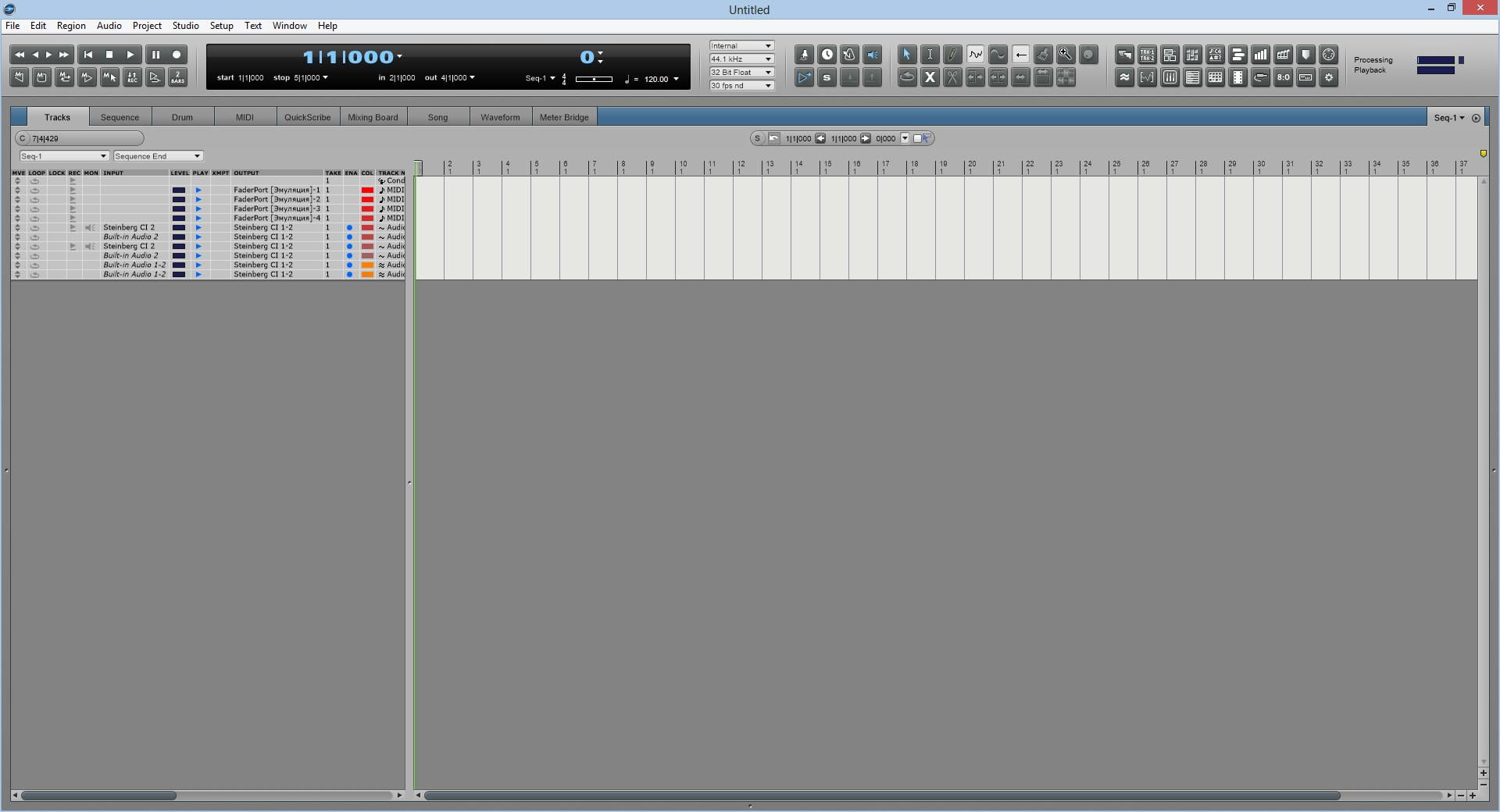

Click and drag a plug‑in like this, and you can move it to another slot, which makes re‑ordering a plug‑in within a chain really easy. By moving your mouse pointer to the left edge of an occupied plug‑in slot, you get a 'move hand'. With bigger plug‑in chains comes the challenge of using them efficiently, and here a tiny bit of Mixing Board technique is worth an awful lot. In the dialogue box that appears, you can specify up to 20 slots, which should deal with even the most outrageous guitar treatments! That seems easy enough, but what if you ever needed more than five plug‑ins, for a more complex chain of effects? That's also easy: go to the Mixing Board's mini‑menu and choose 'Set Number of Effects Inserts'. That would appear in your plug‑in slots as in the screen on the left. So for a typical chorused sound, you might choose a chain comprising something like the Analog Chorus 'pedal', the Custom '59 guitar amp emulator, then Live Room G. In DP, you assemble processing 'chains' by placing your plug‑ins in order, from top to bottom of the plug‑in slots in a Mixing Board channel. Let's deal with that first point, to begin with. However, there are ways to deal with both. One is the challenge of co‑ordinating the many individual plug‑ins you might need to achieve your desired tone, and another is the lack of a formal 'preset' system for groups of plug‑ins. There are advantages to doing it in this way: you can use the Live Room G speaker‑cabinet emulator on a Hammond organ track, for example, without being saddled with a bunch of other guitar features you don't need. DP7 uses a different approach, with all of its guitar processors appearing as individual plug‑ins. The 'all‑in‑one' designs of the latter two allow you to call up chains of effects and choose an amplifier model and speaker cabinet within the confines of a single plug‑in window.

What's immediately apparent when you use DP7's new guitar plug‑ins is how different they feel compared to third‑party packages such as NI's Guitar Rig and Waves' GTR. It tames Custom '59's distortion, and also works wonders all by itself, or with a single distortion or overdrive pedal. Live Room G is a fabulous tool for crafting a huge range of guitar sounds. DP7's new guitar plug‑ins offer a fresh set of tones, and a contrasting approach to third‑party alternatives.


 0 kommentar(er)
0 kommentar(er)
